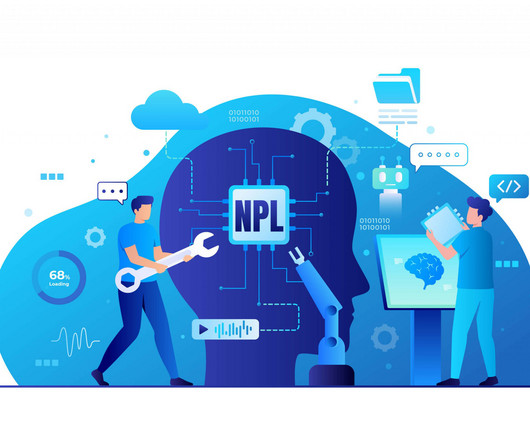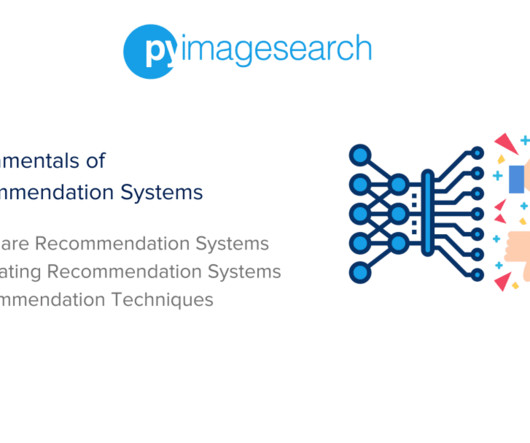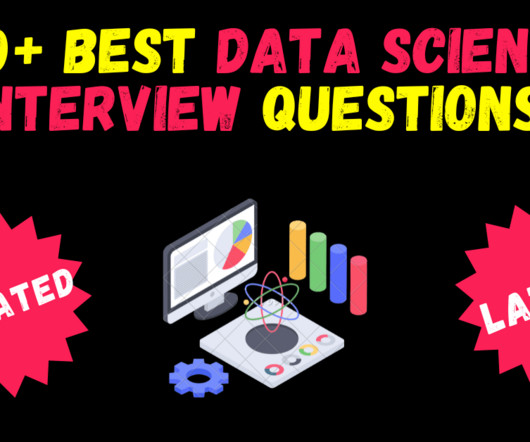Eager Learning and Lazy Learning in Machine Learning: A Comprehensive Comparison
Pickl AI
JULY 31, 2023
Examples of Lazy Learning Algorithms: K-Nearest Neighbors (k-NN) : k-NN is a classic Lazy Learning algorithm used for both classification and regression tasks. The algorithm identifies the k-nearest neighbors, where k is a user-defined parameter that is most similar to the new instance.












Let's personalize your content